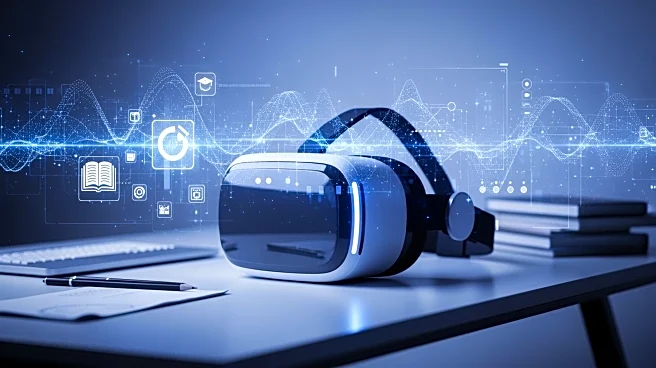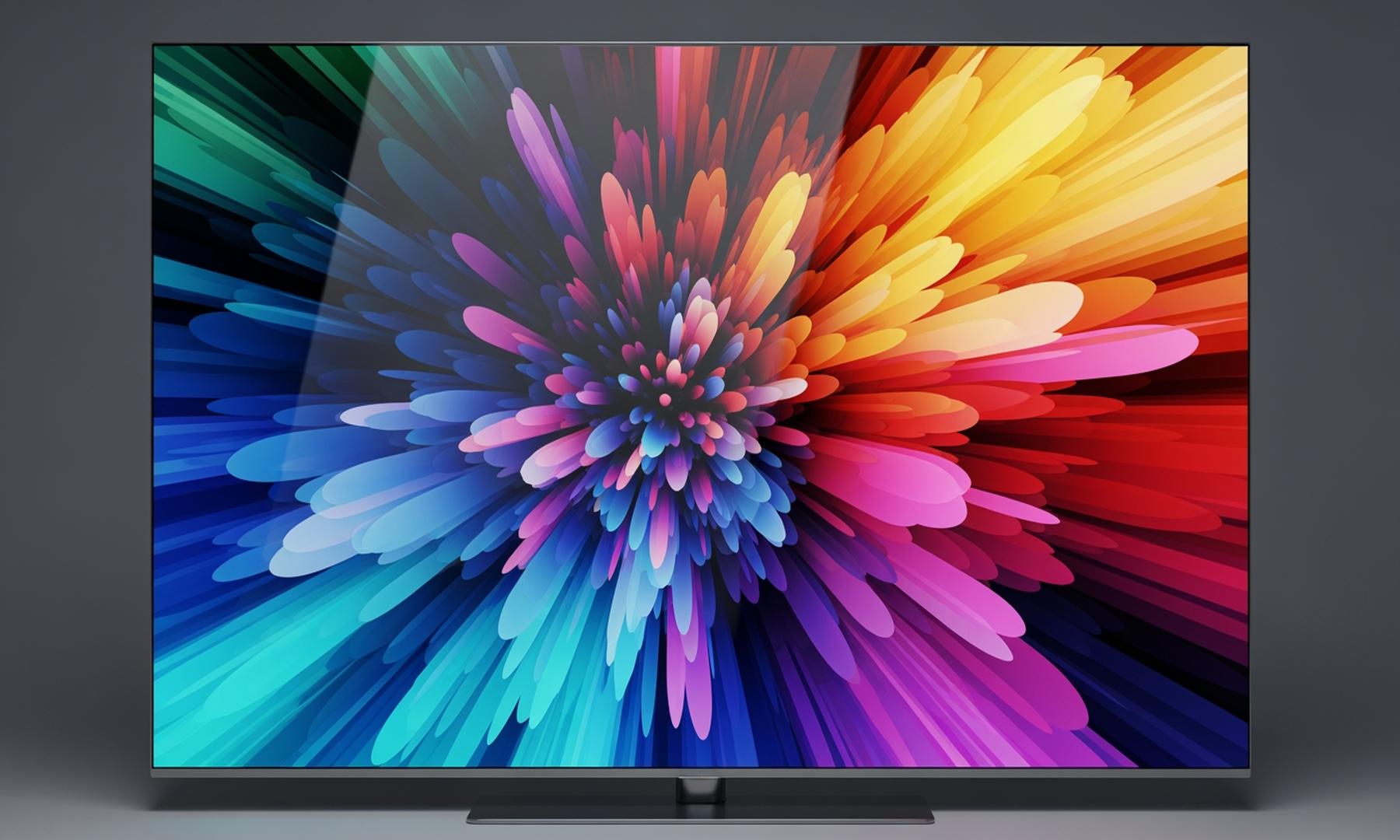What's Happening?
Piscataquis Community Elementary School's 'Pirate Portal' virtual reality classroom has been featured in EdTech Magazine. The classroom allows students to engage in virtual field trips, providing immersive
learning experiences. The initiative has enabled students to connect with peers globally, such as a remote village school in Tanzania, and has facilitated fundraising efforts to support educational infrastructure there. The VR technology offers students experiences that would otherwise be inaccessible, such as virtual visits to New York City.
Why It's Important?
The inclusion of the PCES virtual reality classroom in EdTech Magazine underscores the growing role of technology in education. By providing students with virtual experiences, schools can enhance learning and broaden students' perspectives. This approach can be particularly beneficial in rural areas, where access to diverse cultural and educational experiences is limited. The success of the PCES initiative may inspire other schools to adopt similar technologies, potentially transforming educational practices and increasing student engagement.
Beyond the Headlines
The use of virtual reality in education raises questions about accessibility and equity. While VR can offer significant educational benefits, the cost and technical requirements may limit its adoption in underfunded schools. Additionally, the integration of such technology requires training for educators to effectively incorporate it into their teaching. As VR becomes more prevalent, discussions around digital literacy and equitable access to technology will become increasingly important.











